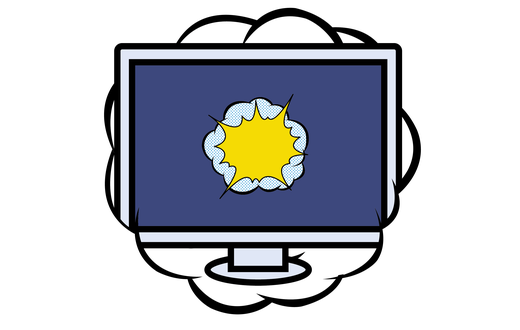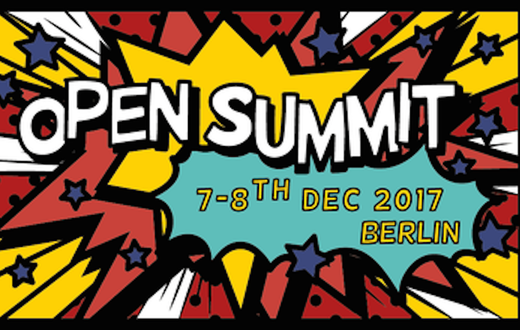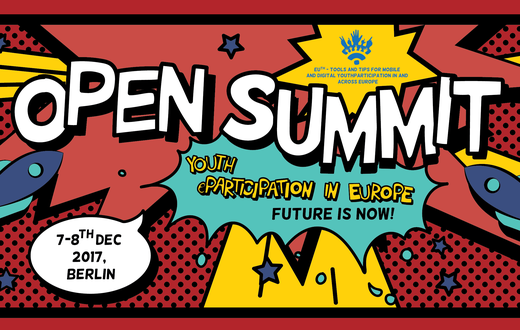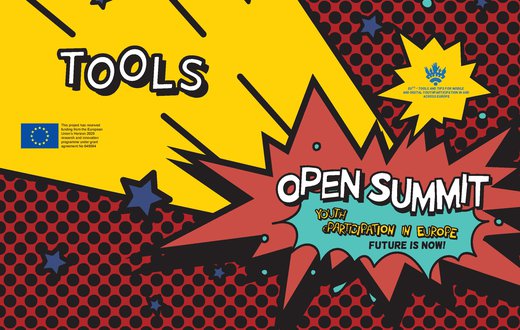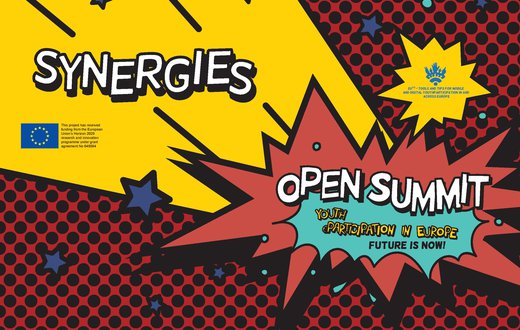Presentation of findings
12/07/2017 5:45 p.m.
Recommendations from development group:
- Change of mind-set with regards to eParticipation and digital methods and convey to policy-makers that e-tools are a win-win situation
- Map and reach intermediaries with a message that will convince them
- The tool is important, but the participatory process and the participatory culture are very key
Individual arguments of the group discussion:
Group 1 - Politicy-makers
Recommendations
- Change of mind-set with regards to eParticipation and digital methods
- E-tools are good to reduce the costs of participation: 0 costs the administration and 0 costs for politicians
- Youth Metre! Go local! Measurable and able to reach the grassroots
- More benefits for politicians and for young people: eParticipation puts everyone at the same level
- When Policy-makers ask young people, they should implement the outcomes
- Making processes designed from a multi-sector or multidisciplinary perspective
Group 2 - Intermediaries
Who?
Teachers
Researchers
youth workers
social workers
youth councils and organisations
Student unions and parliaments
People and institutions that gather and spread information
NGOs
Community development organisations
Entrepreneurs
Political bodies and associations
Media
How to convince them of the interest of participation ?
Awareness raising and capacity building including cultural framework
Learning about your own goals and motivations: Participation is useful for me
Have clarity of added value for your own agenda
Use the right to participatie to elverage your own goals
Using national curricula and combine fomal and informal education
Have public private partnerships
use adapted wordings
See best practices
Be part of an international network
Feedback from youth participants
Adapting to local circumstances and needs
Group 3 - Developers Group
- just developing a platform does not automatically make young people get involved
- keep in mind that most times such online tools are the only opportunity for young people to get involved (thats the difference to adult users)
- find balance between bottom up and top down: always try to get early feedback and testing by users
- try to get feature requests from a very broad user group and cluster feature request
- dont be disappointed if not all features can be implemented
- think first about the issues to address and then wonder if the solution is building something from scratch or combining existing tools
- start with the participation process and how to get young people involved, and then see if you can use a tool
